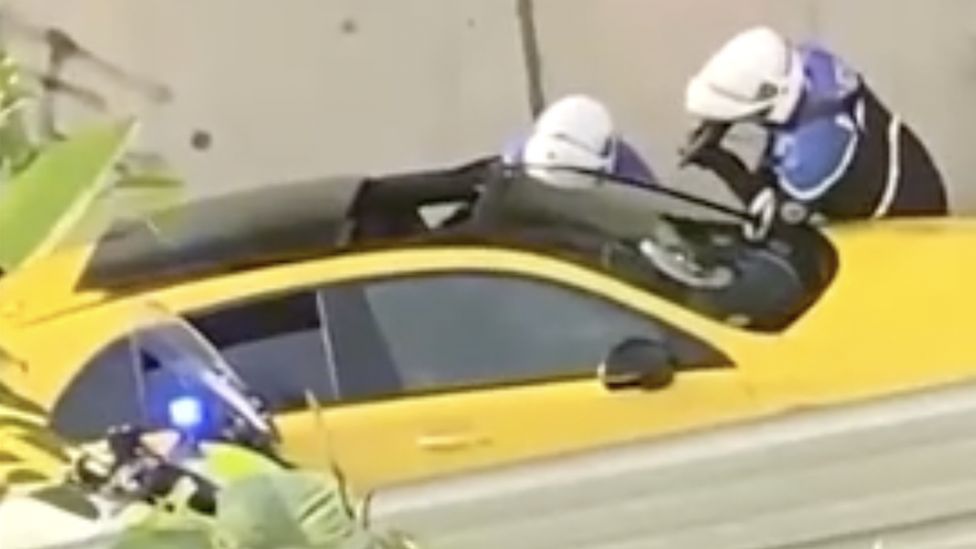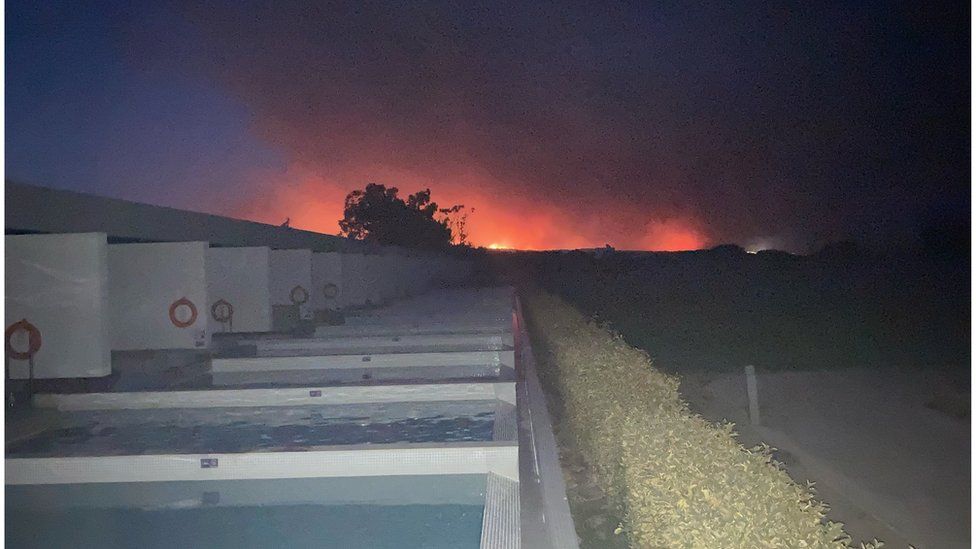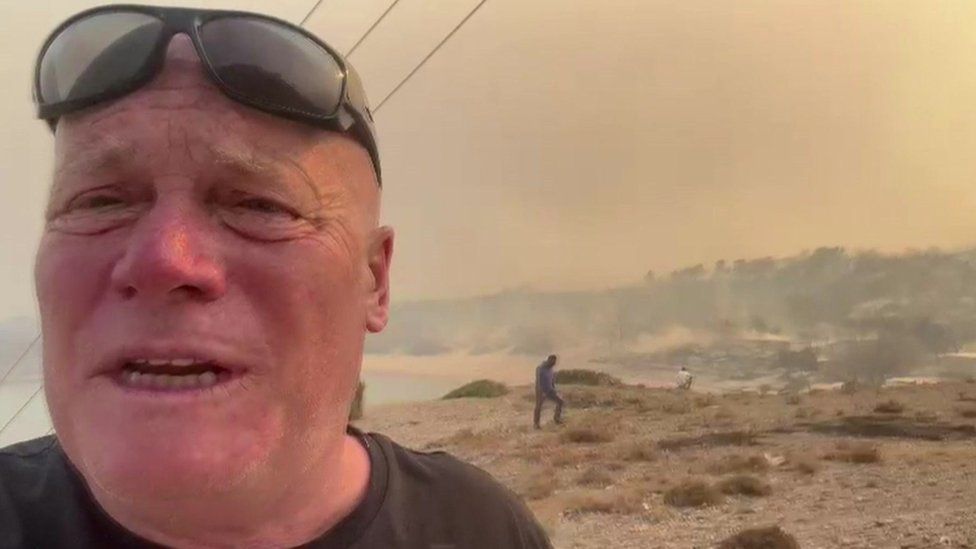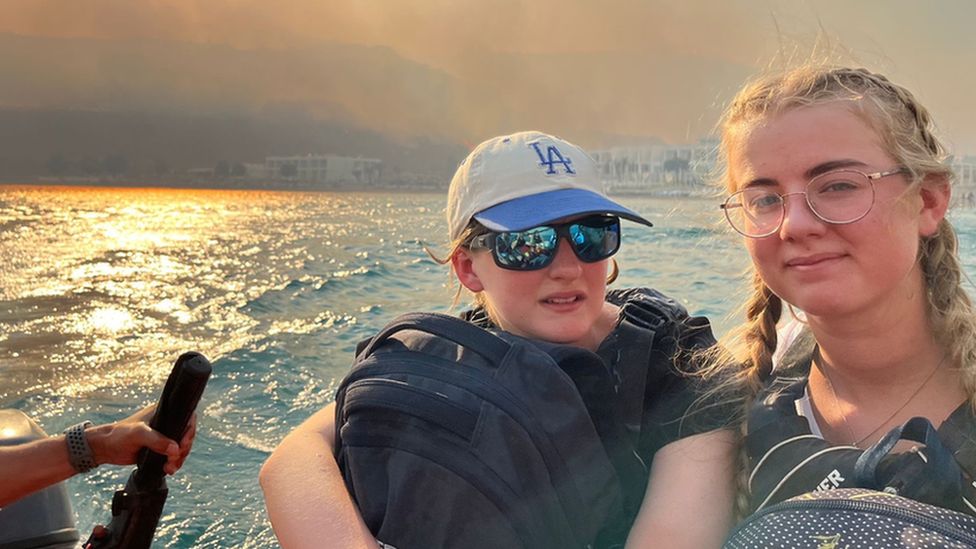The police shooting death of a 17-year-old boy operating a vehicle in a suburb of Paris is the most recent in a string of fatal incidents in France.
Following a record-breaking 13 fatalities in 2016, it was the third police traffic stop-related killing this year.
According to Reuters, the majority of the victims were black or Arab in origin.
Following a law change in 2017, French police are now legally permitted to shoot in five situations.
This includes instances in which a vehicle's driver or passengers refuse to stop when told to do so and are judged to be a danger to the officer's life or physical safety, as well as that of other people.
The sixth such investigation since the beginning of last year has been launched by France's human rights ombudsman into Tuesday's murder of Nahel M.
The officer in question has been accused of murder.
France's banlieues—poorer outer suburbs with high rates of unemployment and crime—have a history of unrest, and police report that violence is on the rise.
A group of youths threw petrol bombs at an officer's patrol car in a housing estate outside of Paris in 2016, causing serious burns and forcing the officer into an induced coma.
Police unions protested and demanded that the government take decisive action.
In response, the interior minister at the time, Bernard Cazeneuve, vowed to change the law governing the use of firearms by police, and in March 2017, Article 435-1 of the penal code was enacted.
On Tuesday, Nahel M, a 17-year-old boy of Algerian descent, was fatally shot by police as he sped away from a traffic stop.
The Nanterre prosecutor claims that Nahel was shot because he disobeyed orders from two police officers to stop the car he was operating, who later claimed that the car had broken several traffic laws and put pedestrians in danger.
In a statement on Thursday, Laurent-Franck Lienard claimed that his client had fired his gun "in full compliance with the law.".
He didn't do anything illegal, according to Mr. Lienard.
A study published last year revealed that since the law's implementation, the number of fatal police shootings of drivers of moving vehicles has increased fivefold.
13 of the 39 people killed by police in 2022 were drivers who were shot because they disobeyed orders, according to statistics.
They included Rayana, a young woman who was killed by a police bullet while riding in a car whose driver refused to stop after being given a stop order.
Article 435-1, which critics claim is far too ambiguous because it leaves it up to officers to decide whether the driver's refusal to comply poses a risk, they claim, is directly responsible for the rise in such incidents.
The law, according to Henri Leclerc, president of the French NGO Human Rights League, allows police to use their weapons "uninhibitedly" because it gives them "legal protection" for shooting. .
The law has also been called for to be reviewed by some politicians.
It has been criticized as a "right-to-kill" law by extreme-left politician Jean-Luc Mélenchon.
Asserting that fewer people have been killed by police since 2017, Interior Minister Gerald Darmanin has rejected criticism of the firearms law.
Although 27 people were killed by police in 2017, a study by investigative media outlet Basta disputes this, claiming that the number rose to 40 in 2020 and then to 52 in 2021.
The law, according to Mr. Cazeneuve, "does not at all give officers permission to shoot whenever," he claimed earlier this week in defense of it.
The former interior minister told Le Monde that the law should not be held accountable for the incompetence or lack of training of the police.
The weapon's legal use will be determined by an investigation, according to Deputy Secretary General of the Unsad-Police trade union Thierry Clair, who was speaking to the BBC.
The key, according to Mr. Clair, is the proportionality principle with the threat's nature.
"For example, one of the cases involves stopping a car whose occupants refuse to cooperate and pose a risk to others if they make an attempt to flee.
And the incident we're discussing, in which a weapon was used, might fall under that heading.
. "







